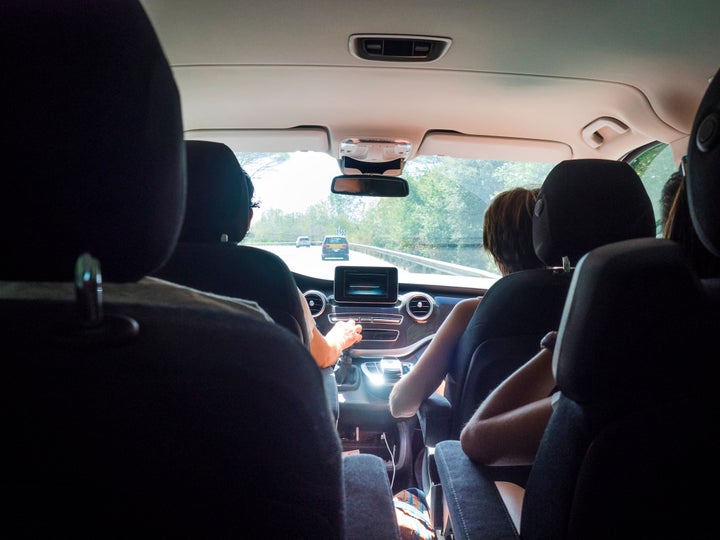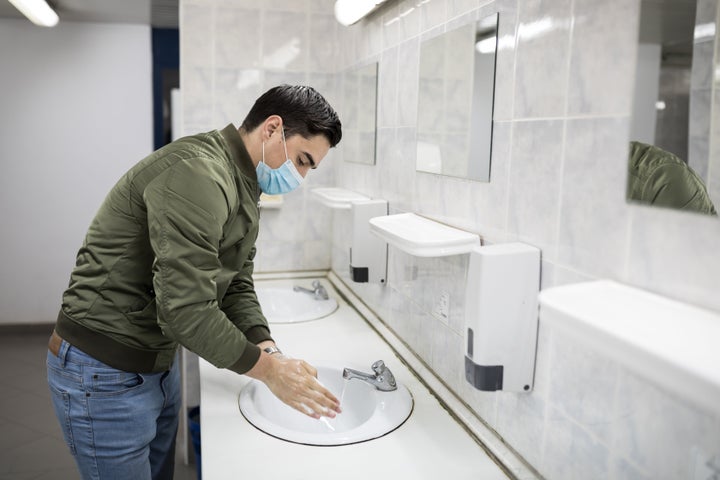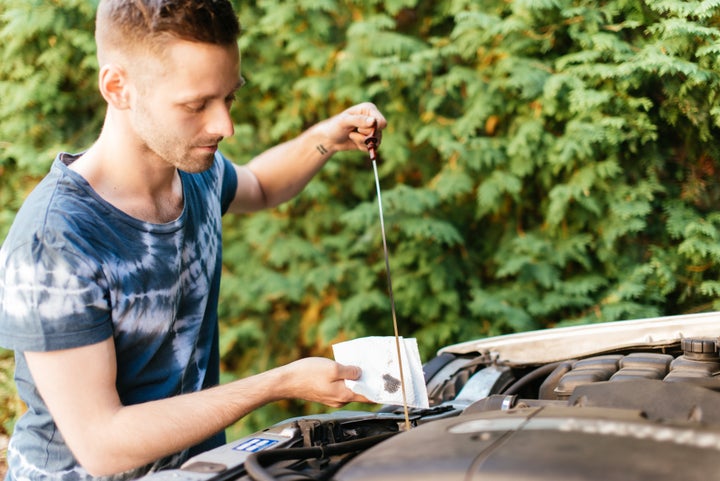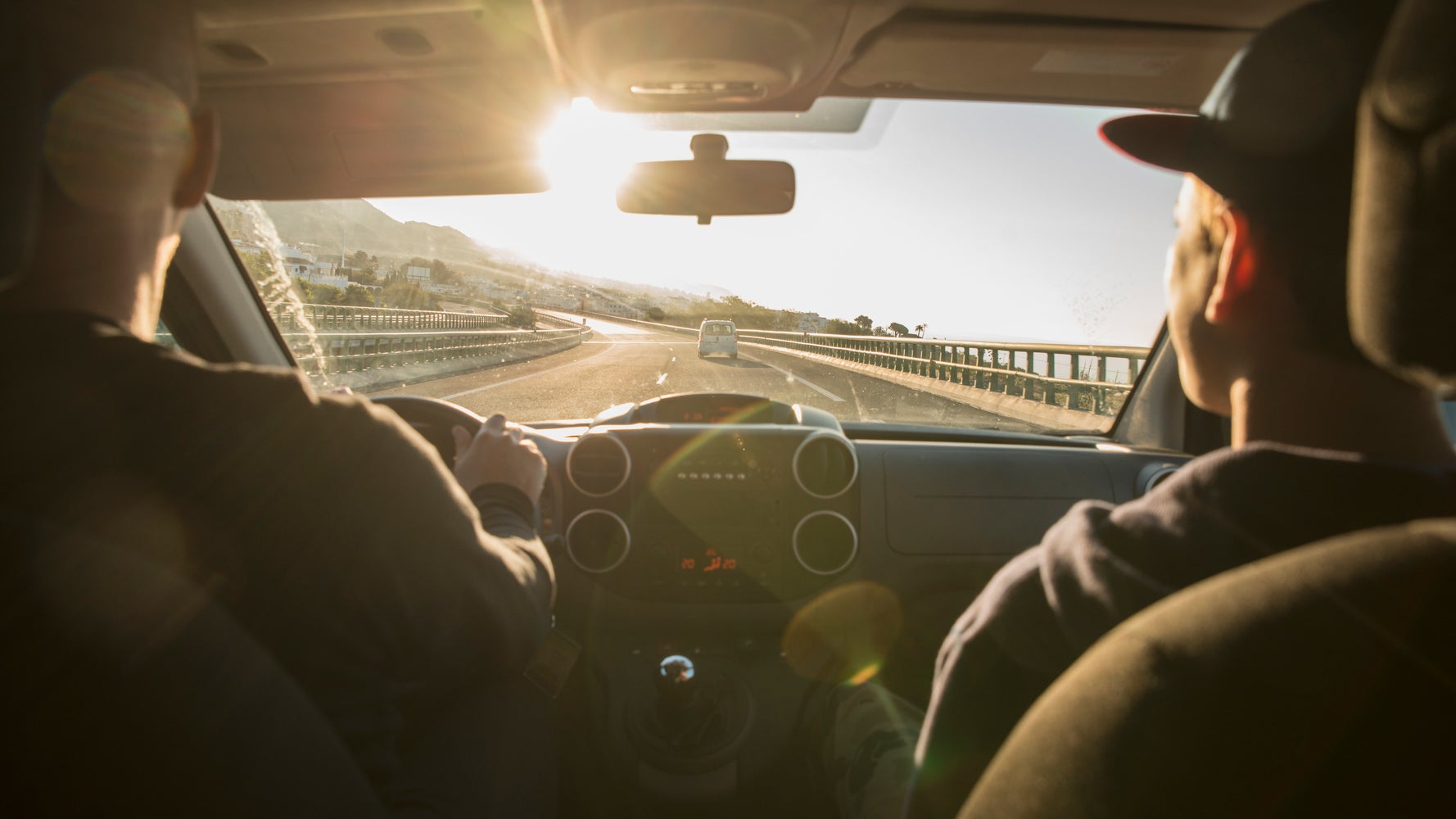Products You May Like
Whether it’s advisable or not, many people going stir crazy from weeks of social distancing are looking to take a drive or even a road trip.
Though the Centers for Disease Control and Prevention recommends that people restrict car travel to essential trips only, folks are ready to skirt the rules a little. About 1 in 3 Americans are planning to take a road trip this summer, according to a recent survey conducted by travel app GasBuddy. (The lower gas prices of the last few months have made road travel extra alluring, but don’t get too used to it. As states reopen, gas prices are slowly creeping back up.)
If you are jonesing to travel, there are precautions you should take to make your trip a little safer. Below, health and travel experts offer their best advice on how to hit the road in the age of COVID-19.
Consider taking a shorter trip. If it’s longer, plan the trip to a T.
Gauge the risk factors involved in traveling away from home for however long you’re out: Do you have a weak bladder that’s going to require lots of bathroom breaks? Are you in a high-risk group for the coronavirus? How many people are in the car? What is their health status? (The bottom line remains that the more people who go, the more opportunities for others to contract the virus.) How long will you be out there?
“Longer distances may mean more stops and more exposures, but if you take precautions you can minimize your risk of exposure,” said Rachel Patzer, an associate professor at Emory University School of Medicine.

Prepare for those dreaded bathroom breaks.
Let’s address the elephant in the room: If you can’t hold it, what are some best practices for using a public toilet? Gas stations, which are essential businesses, may be your only option for restroom facilities. While hopefully they’re cleaned often and well stocked with toilet paper, prepare for the worst by bringing your own TP and soap.
In fact, it’s not a bad idea to bring a whole emergency kit that includes hand sanitizer, toilet paper, soap and travel-size packs of toilet seat covers, said Krutika Kuppalli, an infectious diseases physician and biosecurity fellow at the Johns Hopkins Center for Health Security.
No judgment if you want to hover over the toilet in a squat. After using the bathroom, wash your hands like you’ve been chopping jalapeños all day and really need to get it all off you.
“Use extremely good hand hygiene if you go to the restroom,” Kuppalli said. “Remember, we know that you get infected with the virus via infection of the mucous membranes ― eyes, nose, mouth.”
Per the CDC guidelines, wash for 20 seconds, use a clean disposable paper towel to turn off the faucet, and then wipe your hands dry.
If you have kids who have trouble not touching everything in sight, Patzer recommends bringing a potty training chair in the trunk of your car.
“We used to do this for long trips when our kids were younger anyway because they never liked to use the public toilets!” she said.

Do more research about your route than you normally would.
The CDC recommends checking with the state or local authorities where you are, along your route and at your planned destination to learn about any local issues or travel restrictions. Federal law cannot bar you from traveling to another state, but local authorities can require self-quarantine for as long as 14 days once you arrive. (To check whether the state you’re planning to visit has such a policy, call the state health authority on this handy list provided by the CDC.)
Identify whether rest stops are open along your route, said Jim Stratton, the public relations manager at AAA National. The closures vary from state to state.
It’s also a good idea to check the COVID-19 infection rates for the counties you’re considering driving through and to, said travel writer Wendy Perrin.
“Basically, you want to know where the hot spots are so you can avoid them,” she told HuffPost.
Pick a destination that shouldn’t be too crowded ― and have a Plan B if there are too many people there.
When determining where you’ll go, outdoor places with wide-open spaces and a lot of fresh air are obviously ideal. In many states, hiking trails and other outdoor recreational areas are now open. Just consider whether your destination might be swarmed with people.
“If you know a park or beach is popular, stay away from them right from the get-go,” Perrin advised. “Instead, choose lesser-known nature destinations so that social distancing is easier.”
But you might still arrive at your go-to spot and find it full or closed. It pays to have some backup plans in mind, especially if you have a car full of antsy kiddos.
“Have a Plan B that will make everyone happy,” Perrin said. “You don’t want to end up like the Griswold family arriving at Walley World.”

When you get gas, be aware of high-touch areas.
If you’re pumping gas, gloves are a smart idea ― the gas pumps could be contaminated from frequent use. Dispose of those gloves in a nearby trash container, not on the ground. (We never thought we’d have to say that, but people are throwing them everywhere.)
Kuppalli said she’d also be concerned about high-touch areas where the virus could live in your own car: the steering wheel, the cup holders, the buttons you press to change the radio station or control the air conditioning, the dashboard and the seats. They’re all worth cleaning with sanitizing wipes or a soapy paper towel.
Make sure your car is up to the stress of a long drive.
Before any lengthy road trip, AAA advises drivers to have a full vehicle inspection, making sure fluids are topped off and there isn’t any underlying issue that could cause a breakdown. Stratton has a simple acronym to remind drivers off what needs to be checked before heading out.
“All drivers should make a good B-E-T to keep their road trips on track by having a car’s battery, engine and tires checked before embarking on a long trip,” he said.
A battery on the brink of dying rarely warns a driver before it fails, but a simple battery test can uncover potential problems, Stratton said. (AAA offers its members free testing of a vehicle’s battery.)
Additionally, have a well-stocked emergency kit on hand. Stratton recommends including a cellphone car charger, a flashlight with extra batteries, a first-aid kit, a jug of drinking water, extra food for people (and pets, if you’re bringing them), jumper cables, and emergency flares or reflectors.

If it’s a long trip, prepare to use rest stops or possibly stay at a hotel.
If your trip is more than just a quick jaunt to the beach or the mountains for a hike, you’ll want to take the occasional break. If it’s especially long, you may need to stop somewhere for sleep, so you’re not driving drowsy. (According to the National Safety Council, more than 100,000 accidents in 2019 were the result of drowsy driving.)
To that end, call ahead to make sure that rest stops you’re familiar with are open.
If you plan to stay at a hotel or motel (also call ahead), be extra cautious. Clean high-touch areas in the room, like doors, tables, faucets, toilets, sinks, light switches, phones, remotes and curtain handles, Kuppalli said.
“Just like with public bathrooms, I recommend bringing sanitizer wipes to wipe down all of these high-touch areas in case the hotel hasn’t done that,” she said.
If you don’t have a car but really need to get away, some options are better than others.
Your safest bet if you don’t own a car is to rent a vehicle.
Perrin recommends turning on the air conditioning and rolling down the windows so you’re not breathing in the last driver’s air. And of course, wipe down all those high-touch areas mentioned above.
If you’re not renting a car, consider Uber or Lyft, Kuppalli suggested.
“Just make sure you’re wearing a mask,” she said. “You could also consider a train depending on what type of options are available. For instance, sleeper cars may have better options for physical distancing.”
However you travel, plan on being as self-sufficient as possible on the road.
“Bring everything you might need with you to minimize stops and reduce services en route,” Perrin said. “Water, snacks, lunch, disinfectant wipes, mask, extra mask, gloves, extra gloves, phone charger, Ziploc bags, a towel or even a change of clothing.”
“Take whatever you might need,” she said. “You really want to factor in a range of ‘what if’ scenarios.”
Experts are still learning about the novel coronavirus. The information in this story is what was known or available as of press time, but it’s possible guidance around COVID-19 could change as scientists discover more about the virus. Please check the Centers for Disease Control and Prevention for the most updated recommendations.
A HuffPost Guide To Coronavirus
- Stay up to date with our live blog as we cover the COVID-19 pandemic
- 7 essential pieces of relationship advice for couples in quarantine
- What you need to know about face masks right now
- How to tell if you need to start doing online therapy
- Lost your job due to coronavirus? Here’s what you need to know.
- Parenting during the coronavirus crisis?
- The HuffPost guide to working from home
- What coronavirus questions are on your mind right now? We want to help you find answers.
-
Everyone deserves accurate information about COVID-19. Support journalism without a paywall — and keep it free for everyone — by becoming a HuffPost member today.

